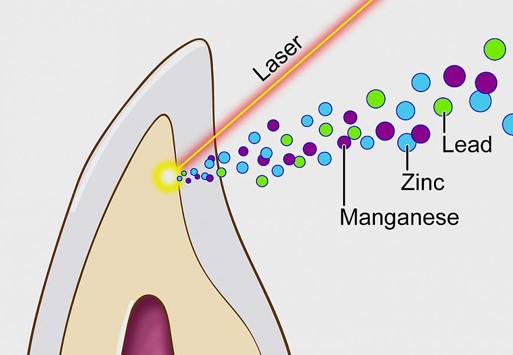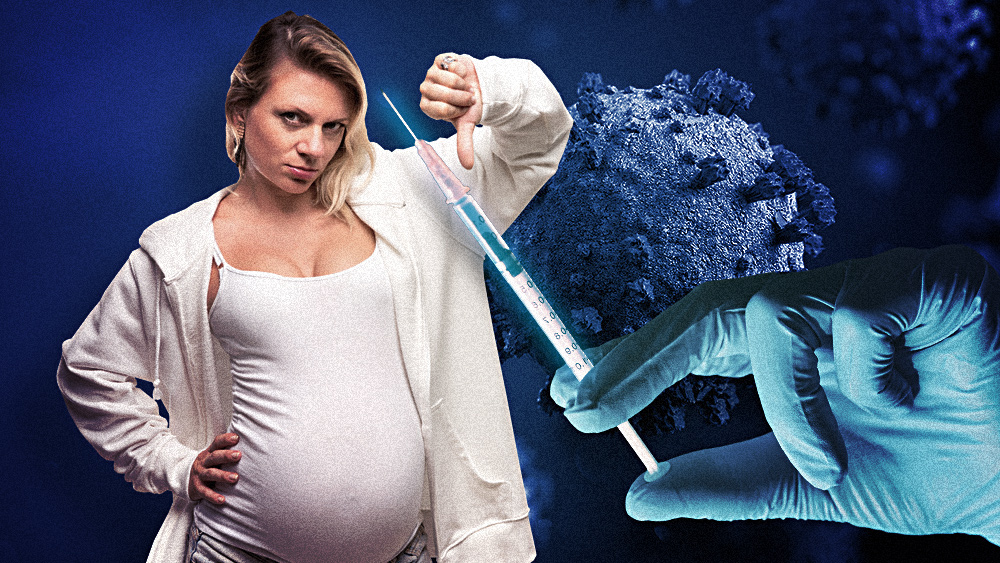
- Heavy Metal Exposure Linked to Autism: Researchers discovered that children with autism often have baby teeth containing higher levels of toxic heavy metals, particularly lead, compared to those without autism. This finding suggests a possible environmental contributor to the development of autism.
- Nutrient Deficiencies Observed: The study also noted that baby teeth from children with autism had lower levels of essential nutrients like zinc and trace minerals such as manganese, indicating potential deficiencies that could impact brain development.
- Critical Period of Development: The differences in metal and nutrient levels were most pronounced during the months just before and after birth, a crucial time for brain development, highlighting the significance of this period in the development of autism.
- Promise for Further Research: The innovative method of analyzing baby teeth to assess past exposure to metals may offer new insights into other neurological conditions, such as ADHD, and underscores the importance of reducing exposure to toxic metals during pregnancy and early childhood. Replication of these findings in larger studies is recommended.
Published in the Journal Nature are the results of research scientists conducted using lasers to find out that children with autism often have baby teeth that are loaded with heavy metal toxins, especially lead. It was also observed that their teeth were low in certain nutrients like zinc and trace minerals like manganese. These tests were run just before birth and right after birth of these children, and since it is theorized that autism is developed after birth, these heavy metal toxins may be contributing to more than just autism, but also other childhood disorders that are now common, like attention deficit disorder (ADD) and ADHD (hyperactivity).
Autism linked to heavy metal toxins in baby teeth, including high amounts of lead, per NIH study published in journal Nature
In a groundbreaking study funded by the National Institutes of Health, researchers have discovered a link between autism and exposure to heavy metals during early development. The study, published in the journal Nature Communications, analyzed baby teeth from children with autism and compared them to those from children without autism.
The researchers, led by environmental scientist Manish Arora from the Icahn School of Medicine at Mount Sinai in New York, focused on the role of environmental factors in the development of autism. They used an innovative method to map the growth rings in baby teeth, allowing them to determine the levels of heavy metals and essential nutrients at different stages of development.
The study found that baby teeth from children with autism contained higher levels of toxic lead and lower levels of essential nutrients like zinc and manganese compared to those from children without autism. The differences were particularly noticeable during the months just before and after birth, a critical period for brain development.
Arora explained that autism is a complex condition influenced by both genetic and environmental factors. However, identifying environmental contributors has been challenging due to the difficulty in measuring exposure before diagnosis. The innovative method of using baby teeth to analyze past exposure to metals offers a new window into the early life of a child.
The researchers studied 32 pairs of twins to control for genetic influences and focus on environmental factors. They observed that when only one twin had autism, there were larger differences in metal uptake, indicating a potential environmental trigger.
Cindy Lawler, head of the NIEHS Genes, Environment, and Health Branch, emphasized the significance of this study. "We think autism begins very early, most likely in the womb, and our environment can increase a child's risk," she said. "With baby teeth, we can actually go back and know what the moms were exposed to."
The study highlights the importance of understanding how environmental factors, particularly exposure to heavy metals, may impact the development of autism. Prior research has shown that exposure to toxic metals like lead can harm brain development, and deficiencies in essential nutrients like manganese can also play a role.
The method of using baby teeth to measure past exposure to metals also holds promise for other conditions, such as attention deficit hyperactivity disorder (ADHD). David Balshaw, head of the NIEHS Exposure, Response, and Technology Branch, expressed enthusiasm for the potential of this new approach. "There is growing excitement about the potential of baby teeth as a rich record of a child's early life exposure to both helpful and harmful factors in the environment," he said.
While the findings are promising, the researchers stress the need for replication in larger studies to confirm the connection between metal uptake and autism. This innovative approach using baby teeth opens up new avenues for understanding the complex interplay between genetics and environment in the development of autism and other neurological conditions.
In the meantime, the study underscores the importance of reducing exposure to toxic metals during pregnancy and early childhood, highlighting the need for further research into the long-term impacts of environmental exposures on child development.
It’s also very important to realize that mercury is a heavy metal toxin that cripples the human central nervous system and can also cause autism, and it is commonly found in vaccines and dental fillings. Then there’s also aluminum in vaccines, which helps the mercury cross the blood-brain barrier and do even more damage.
Tune your internet dial to NaturalMedicine.news for more tips on how to use natural remedies for preventative medicine and for healing, instead of succumbing to Big Pharma products that cause, spread, and exacerbate disease and disorder.
Sources for this article include:
Please contact us for more information.



















